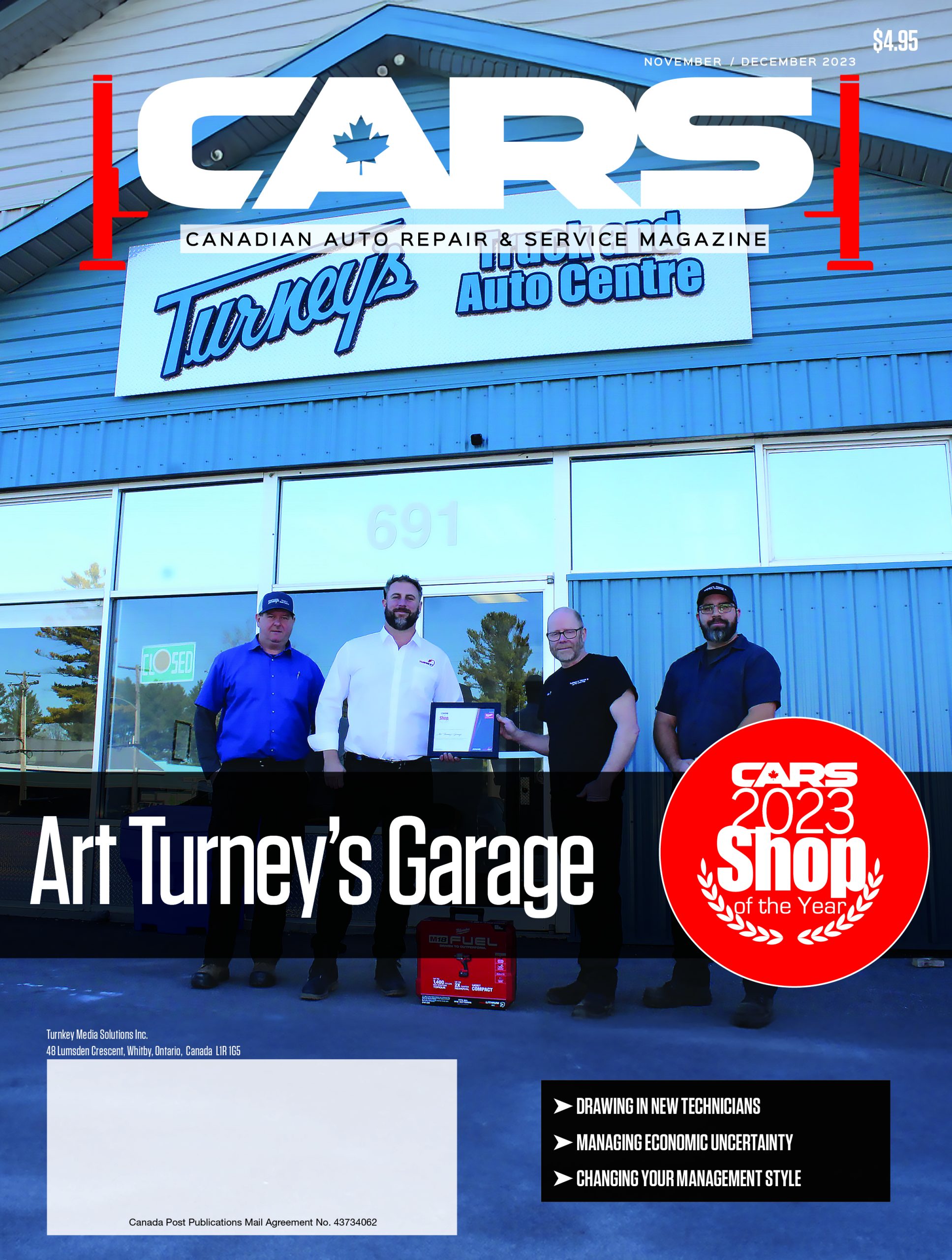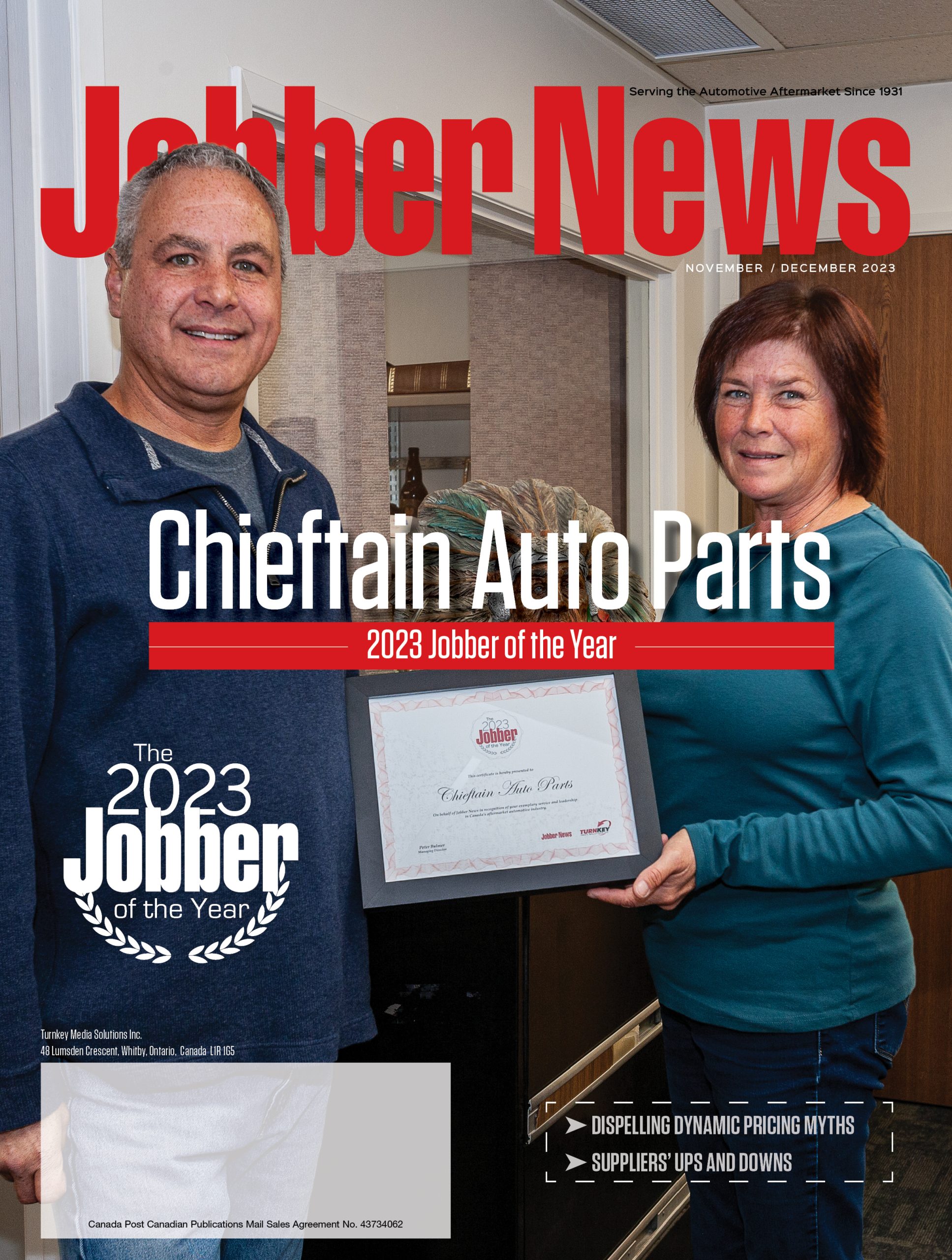
Surviving Car Dealerships Report Profit Rise in 2009
Of Canadian car dealerships that survived a difficult 2009, most reported increased profits.
That’s the word from PriceWaterhouseCoopers’ Dealer Trendsetter Survey, an annual survey of new car dealers in Canada conducted by PricewaterhouseCoopers (PwC) and DesRosiers Automotive Consultants Inc.
In many cases, dealers in Canada have benefited from the issues amongst US dealers and report their profits are up from 2008.
Among the key points noted:
–Dealer profitability held up fairly well in 2009 with 48% of dealers indicating that profits increased, another 12% said that fiscal profits would be stable versus 2008.
–Regionally, dealers in British Columbia were more pessimistic than in other regions, as they underperformed on most variables and indicated the highest 2009 expected decrease in profitability (50%).
–Multi-dealer groups indicated stronger profits than single-point dealers (56% vs. 44%) and this holds true for each of the last three years.
“Given the state of the market and with new vehicle sales down 15%, the fact that dealers were able to retain their profitability is a good indication that dealers have been able to control costs and in some cases increase revenue in other profit centres within their dealerships,” says Terri McKinnon, partner in the Private Company Services practice at PwC.
Profitability and Sales
Sales of both new and used vehicles were down in 2009 by about 3%. Smaller dealerships tended to be much more reliant on used vehicle sales with almost half of their total sales in this department, versus larger dealers where used vehicles represented only 26% of sales.
There is also a clear indication that larger dealers are less capable of accommodating their service customers.
“Since larger dealers sell more vehicles per service bay than smaller ones, they likely struggle with service bay capacity relative to the smaller dealers,” says McKinnon.
Worth of Dealership
Dealers were split evenly on whether the value of their franchise has gone up or down over the last three years. Noteworthy was that 31% of Japanese dealerships said the value of their franchise decreased, particularly amongst Honda dealers. By region, dealers in British Columbia were extremely negative while Quebec, Atlantic Canada and Ontario dealers were more bullish.
Buying and Selling Stores
There is a clear indication that valuations for dealers will be going up over the coming three to five years as there are more buyers and sellers of stores. Indeed, only 11% of dealers indicate they are likely to sell in the next three years compared to 32% of dealers indicating they are likely to acquire additional stores.
“Most of the selling action will be with smaller stores, as larger stores become more active buyers. Bigger stores are looking to pick up multiple dealer points while smaller stores are shopping for only one or two acquisitions,” says Dennis DesRosiers, president of DesRosiers Automotive Consultants Inc.
Barriers to Acquisition
Dealers indicated that finding the right brand of vehicle was the most important constraint to acquiring stores but respondents also indicated that the “availability of good managers” and “finding viable stores” were also notable challenges. Most respondents, 75%, said the value of an acquisition was determined by the value of the brand.
“Brand value is an attribute that manufacturers need to manage more carefully. Every manufacturer is looking for the best dealers to operate their stores,” says DesRosiers. “By the same token, the best dealers are also looking for the best brands. Manufacturers who make less of an effort to enhance their brand are less attractive to dealers.”
Financing
Many dealers in the survey indicated that they had changed their source of financing over the last 1 to 3 years. This was due to a number of factors including bankruptcy and the state of the automotive industry.
Some 35% of dealers indicated that they changed the source of their new vehicle floor plan financing and most of this change was due to economic factors over the last few years.
Despite record low interest rates, most dealers (65%) have seen both the interest rates charged on financing as well as the amount of security required increase. This is primarily due to risk, as the automotive industry is perceived as very high risk with several bankruptcies in the past year reflected in higher burrowing costs for all dealers.
“Although no Canadian companies went through bankruptcies last year, restructuring was evident. However many of these companies have benefited from the issues in the U.S.-based companies and still report their profits are up,” says McKinnon.
“Interestingly, about a quarter of dealers change their banking relationship every 2 to 3 years. The era of building a relationship with your banker has deteriorated quite a bit and for the most part, is dead.”
To read the full survey, please visit: www.pwc.com/ca/auto.
.png)






Have your say: